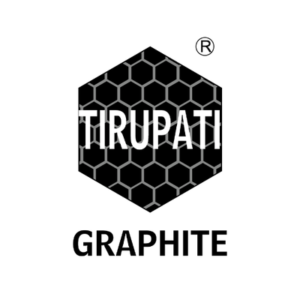Graphite powder is a versatile and widely utilised material that has become integral to many industries. From high-tech batteries to everyday items like lubricants, it plays a crucial role in countless applications. While it might seem like a simple substance, this finely ground form of carbon offers unique properties that make it invaluable across various sectors.
Graphite powder comes from the mineral graphite and is prized for its conductivity, lubrication, and resistance to high temperatures. Its structure allows it to perform in ways that many other materials cannot, making it essential in industries where these qualities are necessary.
One of the most common uses for graphite powder is as a dry lubricant. Unlike liquid lubricants, it doesn’t attract dust or dirt, making it ideal for environments where cleanliness is vital. In the automotive sector, graphite powder is used to lubricate locks, hinges, and brake linings. It can handle extreme temperatures and pressures, making it suitable for high-performance needs. Additionally, in aerospace and manufacturing, graphite powder reduces friction in complex machinery, especially in high-temperature environments where traditional lubricants might fail.
Its excellent electrical conductivity also makes graphite powder a critical component in electronics. In the growing electric vehicle (EV) market, it is a key material in lithium-ion batteries, improving energy storage and extending battery life. This positions graphite powder as an essential player in the transition to greener energy. Beyond batteries, it is used in electronic components like sensors and conductive coatings, ensuring stable electrical performance.
Graphite powder’s ability to resist extreme temperatures also sees it used in high-heat processes. It’s essential in making refractory bricks and linings that protect furnaces and crucibles in steelmaking. Its thermal stability allows it to remain intact under the intense conditions of metal production. Moreover, in aerospace applications like rocket engines, graphite powder’s heat resistance ensures reliable performance under extreme conditions.
In the metallurgy industry, graphite powder serves as a mould release agent, preventing molten metals from sticking to moulds and producing clean castings. It’s also valuable in foundries for creating precise metal castings and reducing tool wear. Additionally, in certain alloy production, graphite powder helps reduce friction during the forming process.
Beyond industrial applications, graphite powder also features in the creative and cosmetic sectors. Artists use it for drawing and shading due to its smooth texture, which allows for detailed artwork. In cosmetics, graphite powder is used in products such as eyeliner and mascara, where its colour and texture are highly regarded.
As technology advances, the demand for graphite powder will only increase. With the rise of electric vehicles, renewable energy solutions, and more advanced manufacturing techniques, graphite powder will continue to play a vital role in modern industry. Research into graphene, a derivative of graphite powder, suggests that even more revolutionary uses for this material are on the horizon.
Graphite powder is far more than a simple industrial material. Its unique properties make it indispensable across a wide range of industries, from automotive and aerospace to the arts and cosmetics. As technological advancements continue, graphite powder’s versatility and importance will only grow, solidifying its place as a critical material in the modern world.
Tirupati Graphite PLC (LON:TGR) is a fully integrated specialist graphite and graphene producer, with operations in Madagascar and India. The Company is delivering on this strategy by being fully integrated from mine to graphene. Its global multi-location operations include primary mining and processing in Madagascar, hi-tech graphite processing in India to produce specialty graphite, and a state-of-art graphene and technology R&D center to be established in India.


